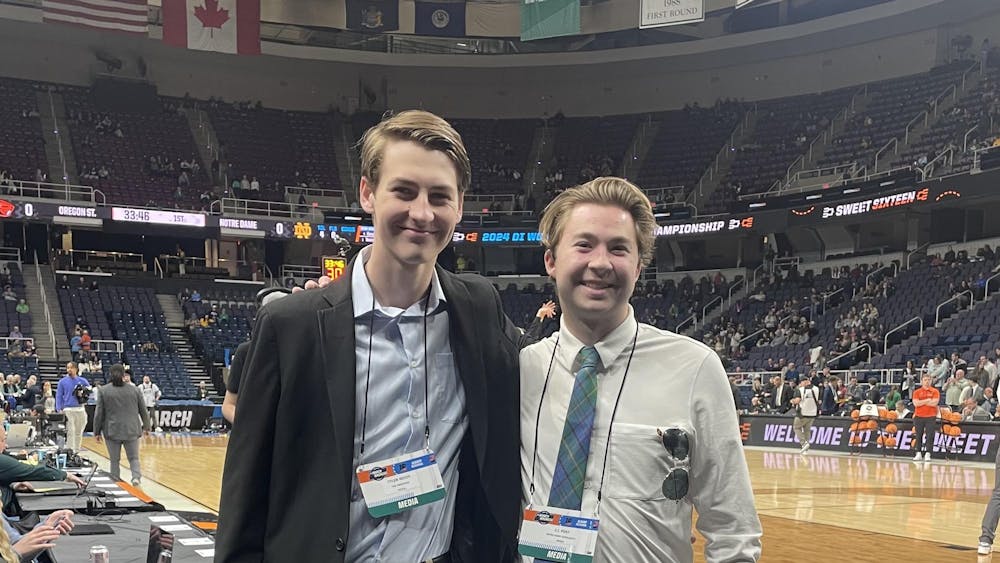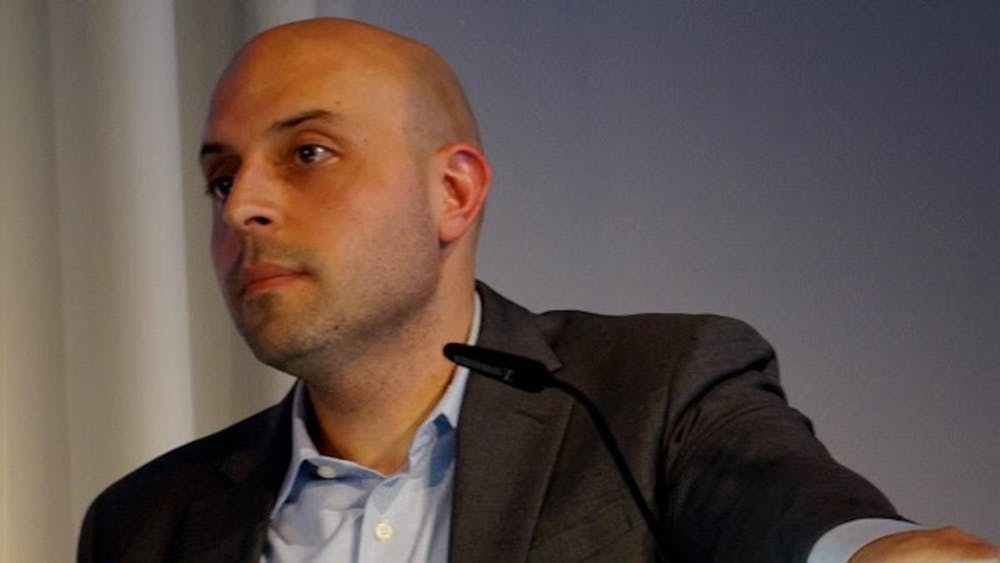I'm writing this column today to address one of the biggest — yet understated — problems facing this country today.
No, it's not Kanye West. Everyone knows he’s a problem.
It’s not that people don’t appreciate Episodes I-III of Star Wars. Although those are really good, and I don’t care if you disagree.
The legitimate and serious problem I want to talk about is the lack of doctors in America.
Having doctors is important for a country because, you know, being able to keep people healthy is good. And obviously, people are not dying by the dozens because the United States doesn’t have doctors. People also don’t tend to think about this issue because the U.S. has possibly the most advanced medical technology in the world.
But I’m not saying America lacks the effort in inventing new medical techniques. I’m saying America needs more doctors and physicians to treat everyday illnesses.
If we look at the statistics, the U.S. has only 2.5 doctors per 1,000 people. That’s less than virtually every country in Western Europe, Uzbekistan, Ukraine, Lebanon and Mongolia.
In April of last year, the Association of American Medical Colleges published a report which highlighted the fact that the shortage of physicians will grow even more serious as the Baby Boomers age.
Beyond the stats, this shortage is evident. Emergency room physicians can work 10-hour shifts, sometimes going a day or two without sleep. If, God forbid, I or a loved one had to be rushed to the emergency room, I know I’d want a doctor who had a good night of sleep on hand.
So we have a problem, now how to solve it?
One thing that could add more doctors is to ease up on the prerequisites.
Medical school is hard. Like, really, really, really hard. So hard in fact, that only 81 percent of medical students graduated in four years. And that number is down from a 90 percent mark in the 1970s.
Now I fully understand the need to make sure our doctors are fully trained and ready for every eventuality. But I feel there is a way to do that without forcing nearly 20 percent of students accepted into medical school to discontinue their studies.
Since I know nothing about the specifics of medical school, I don’t know how exactly to make this process easier, but if you’re telling me that a full 20 percent of students accepted into medical school are unqualified, I would beg to differ. To be even accepted into medical school, you need an incredible portfolio, a strong GPA and great letters of recommendation. Lowering standards is rarely a good idea, but in this case, the standards are too high and they are diminishing the amount of doctors in this country.
In addition to making sure more students graduate from medical school, more can be done to increase the number of accepted students. Here again, we run into a problem without a lot of coverage.
If you look at medical school acceptance rates for top universities across the country, they’re pretty good. Most schools are in the 80-90 percent range. But that’s the percentage of students accepted and those numbers don’t tell the whole story.
Many schools, Notre Dame being one of them, are highly selective of which undergraduates they allow to apply for medical school. For instance, if a school is on the fence about a student’s chances of getting in to medical school, they will encourage that student to not apply to preserve their pristine acceptance numbers.
If schools let more students apply, and medical schools were willing to accept more students, the shortage could be solved relatively easily. We just need to make America healthy again.













